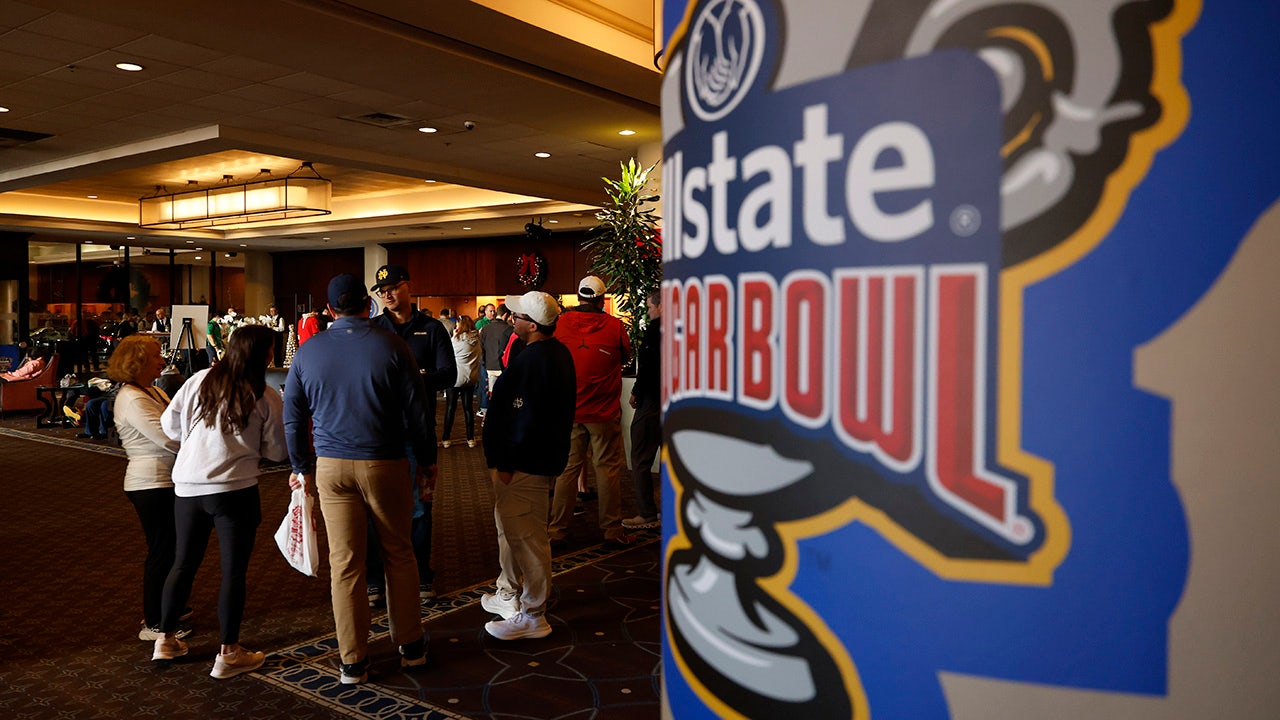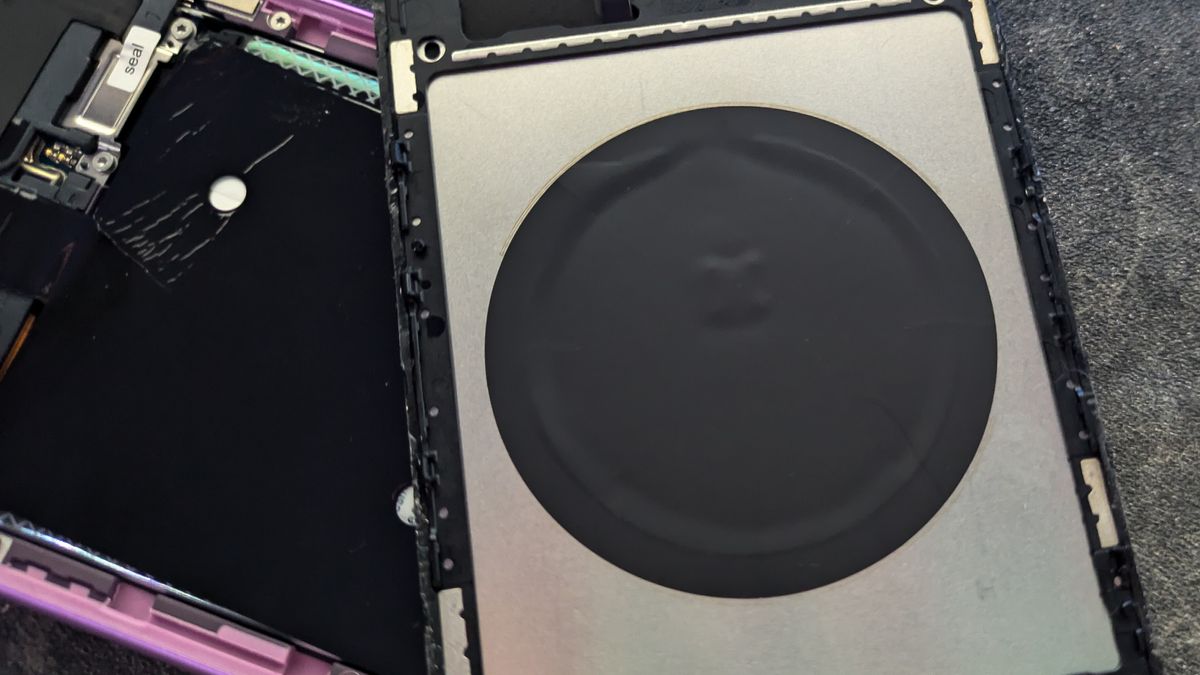With Federal Reserve Chair Powell last week reaffirming plans to keep raising interest rates to bring down inflation despite the risk of recession, Friday’s monthly U.S. jobs report may once again carry risks for the stock market, said Tom Essaye, a former Merrill Lynch trader and the founder of the Sevens Report newsletter.
The Labor Department’s monthly jobs report on Friday, which tracks employment across the public and private sectors, is expected to show the U.S. economy added 318,000 jobs in August, far fewer than the 528,000 jobs that were created in July, according to a survey of economists by The Wall Street Journal. The unemployment rate is seen steady at 3.5%, while the average hourly earnings are estimated to rise 0.4%, following a 0.5% rise in the previous month.
“The labor market needs to show signs that it’s on the path to returning to a state of relative balance, where job openings are roughly the same as the number of people looking for jobs—and if it does not show that, then concerns about a more hawkish-for-longer Fed will rise, and that’s not good for stocks,” wrote Essaye in a note on Thursday.
See: U.S. likely added 318,000 jobs this month — but beware an August surprise
‘Too Hot’
According to Essaye, if the employment results come in “too hot” with nonfarm payrolls rising more than 350,000 for the month and the unemployment rate falling below 3.5%, stocks would drop sharply in what might be a “less-intense repeat” of last Friday, as markets price in higher interest rates for longer.
U.S. stocks tumbled last Friday, with the Dow Jones Industrial Average
DJIA,
closing down more than 1,000 points for its worst daily percentage drop in three months, after Chair Powell said in his Jackson Hole address that the central bank will continue its battle to get the annual inflation rate back to its 2% target “until the job is done”.
“Numbers this strong would underscore that the labor market remains out of balance, and that would keep the Fed focused on slowing demand via higher rates,” said Essaye. “Practically, this would increase the chances the ‘terminal’ fed funds rate moves above 4% and hopes for a rate cut in 2023 would likely be dashed.”
He expects the yield-curve spread between the 10-year and 2-year Treasurys to rise as the 2-year yield shoots higher on the prospect of higher rates, while the 10-year yield would also likely rise, but less so.
The 2-year Treasury yield hit a fresh 15-year high
TMUBMUSD02Y,
at 3.528% on Thursday, while the 10-year Treasury yield
TMUBMUSD10Y,
climbed to 3.266%, its highest level since late June.
See: ‘Prepare for an epic finale’: Jeremy Grantham warns ‘tragedy’ looms as ‘superbubble’ may burst
‘Just Right’
However, if job growth falls in a range of zero to 300,000 while the unemployment rate rises above 3.7%, the stock market may expect a modest rally given the drop in stocks over the past five days, according to Essaye.
U.S. stocks were mixed in late trade on Thursday. The Dow Jones Industrial Average
DJIA,
was up 40 points, or 0.1%. The S&P 500
SPX,
lost 0.1%, while the Nasdaq Composite
COMP,
was off 0.8%. All three major indexes have fallen for four straight sessions.
“We wouldn’t expect an explosion higher in stocks because a ‘Just Right’ jobs report still wouldn’t bring back the idea of an imminent Fed pivot,” said Essaye. “(It) would not make the Fed get more hawkish and keep alive the hope that the Fed could cut rates in 2023.”
‘Too Cold’
In the worst case scenario with a negative jobs print for August and a spike in the unemployment rate, stocks may jump on a “bad is good” mindset though the Fed won’t pivot away from its monetary tightening as “a soft number won’t change the Fed’s calculus for the next several meetings — ‘we’re still getting 50-75 bps in September’, so we would not be inclined to chase that rally,” according to Essaye.
See: What history says about September and the stock market after summer bounce runs out of steam





















Discussion about this post